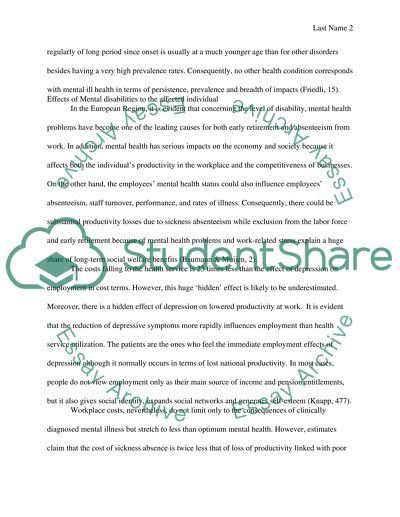Cite this document
(“Mental Disabilitys Term Paper Example | Topics and Well Written Essays - 1750 words”, n.d.)
Retrieved from https://studentshare.org/sociology/1428858-mental-disabilitys
Retrieved from https://studentshare.org/sociology/1428858-mental-disabilitys
(Mental Disabilitys Term Paper Example | Topics and Well Written Essays - 1750 Words)
https://studentshare.org/sociology/1428858-mental-disabilitys.
https://studentshare.org/sociology/1428858-mental-disabilitys.
“Mental Disabilitys Term Paper Example | Topics and Well Written Essays - 1750 Words”, n.d. https://studentshare.org/sociology/1428858-mental-disabilitys.


